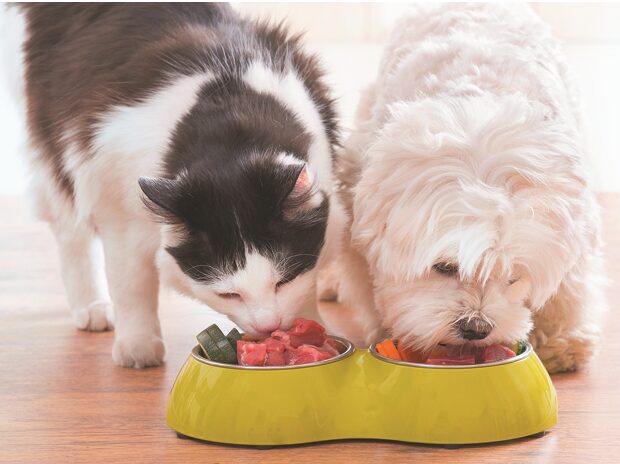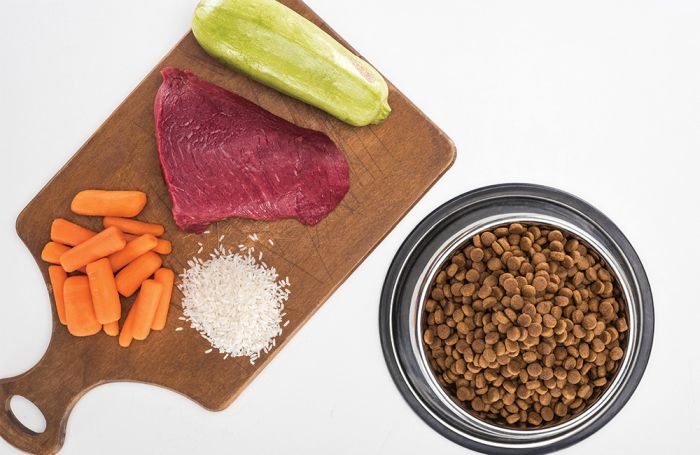Insights into the Changing Pet Food Landscape in India

How India’s pet food industry is evolving with science, transparency, and care—transforming pet nutrition into a movement for well-being.
Over the past few decades, the pet food industry has undergone a remarkable transformation—shaped by rising urbanisation, the humanisation of pets, and increasing awareness about animal nutrition. Pet parents today see their furry companions not just as animals but as family members deserving of the same care, safety, and quality that they expect for themselves.
Below are ten takeaways that highlight how the pet food sector in India and globally is evolving—driven by science, lifestyle shifts, and changing expectations.
1. Pet Humanisation is Redefining Quality Standards
Across urban India, more than 80% of pet owners now consider their pets part of the family. This emotional bond is pushing brands to ensure transparency, premium ingredients, and ethical sourcing. Pet food today is held to the same scrutiny as human food—clean labels, nutritional accuracy, and traceable ingredients are no longer optional.
2. Surge in Supplementation and Fortified Nutrition
The last decade has seen a significant shift from simply preventing deficiencies to enhancing overall wellness. Vitamin, mineral, and probiotic supplementation in pet food has increased significantly as owners seek to improve immunity, digestion, and coat health.
3. Nutrition Tailored for Performance and Energy
Research has shown that tweaking the balance of proteins, fats, and carbohydrates can directly impact a pet’s stamina and vitality. Pet food brands now focus on ingredient quality, digestibility, and energy density—especially for active breeds and working dogs.
4. Rise of Home-Prepared Diets with Balanced Add-ons
As some pet parents move toward home-cooked diets, there’s been a surge in demand for safe, vet-approved vitamin and mineral packs that ensure balanced nutrition. These supplements bridge the gap between home preparation and scientific formulation—addressing a critical nutritional need.
5. Veterinary Education and Nutrition Awareness Gaps
A key challenge in India, as elsewhere, is that veterinary curricula often give limited attention to companion animal nutrition. Many veterinarians still depend on commercial brands for information, highlighting the need for structured nutrition courses and continuing education in pet dietetics.
6. Unregulated Supplement Market
The growing supplement category—especially in areas like joint health and immunity—faces a shortage of peer-reviewed research and quality control. Without standardisation, low-quality products risk eroding consumer trust in genuine, evidence-based nutrition solutions.
7. Obesity: The Silent Epidemic
Pet obesity has quietly become the most significant health challenge in urban households. Sedentary lifestyles and overfeeding have led to rising cases of diabetes, joint issues, and cardiac problems. Experts note that maintaining an ideal body weight can extend a pet’s life by up to two years.
8. Pets are Living Longer, Creating New Health Challenges
With better diets and healthcare, pets are now living longer than ever before. This longevity has brought new geriatric concerns—from arthritis to kidney disorders—prompting a growing interest in senior-specific pet nutrition and preventive care.
9. Transparency Builds Trust
Forward-thinking Indian brands are now conducting educational workshops, webinars, and awareness drives for retailers and pet parents. These efforts—focusing on label transparency, ingredient myths, and safe feeding practices—have become vital in building brand credibility.
10. The Research Challenge
Unlike livestock sectors that benefit from shared research through cooperatives and government programs, pet food innovation in India remains largely privately funded. This often limits knowledge sharing across the industry. However, collaborations between veterinary nutritionists, startups, and academia are beginning to bridge that gap.
11. Focus on Gen Z
Brands will need to adopt new marketing strategies to engage with Gen Z, a key demographic with rising spending power and distinct preferences.
Synopsis
The evolution of the pet food industry tells a bigger story—it’s not just about nutrition, but about empathy, science, and care. As Indian pet ownership grows, the market is moving from simple feeding to holistic well-being—where food becomes a reflection of love, trust, and responsibility.



